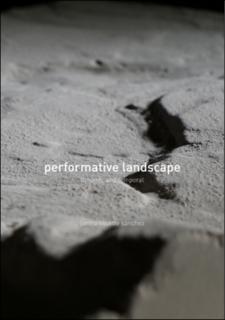Performative Landscape - exploring the dynamic and temporal
Master thesis
Submitted version

Permanent lenke
https://hdl.handle.net/11250/3000287Utgivelsesdato
2022-06Metadata
Vis full innførselSamlinger
Beskrivelse
Performative landscape, named to describe landscape’s ability of adaptation, is a diploma project dealing with the dynamic and temporal conditions of precarious landscape events. The project aims to explore adaptation and risk mitigating strategies for flooding in riverways using landscape design and data driven simulations to inform design decisions and processes in the site of Kvinesdal in southern Norway. The focus of the project are landscape strategies that aim to rethink how the urban fabric addresses water, as well as challenge the idea that rivers and streams are bound to the limits of urbanity.
Urban centric approaches to landscape and extreme weather have made devastating flooding events more common and destructive. In the past decade northern Europe has seen the recurrence of flood events increase significantly. The diploma project seeks to approach the challenges of flood risk landscapes through a topographical lens, informed by data to access these relationships. This topographical eye starts at the watersheds of the Norwegian landscape and zooms into the morphology of the riverbed, to understands and explore the dynamics of water and ground.
The site of Kvinesdal was chosen for the diploma project due to a combination of factors. In 2015 weather storm Synne caused flooding throughout the region, catapulting efforts of preparation, development of technology, and design of a more resilient landscape to flood. This resulted not only in securing central government funding for flood safety, but also an expansion in the data collection from the waterways in the region.
Hence, the project aims at testing three strategies with the ambition of testing the possibilities that could arise when the conventional anthropocentric relationship between water and urban form are questioned.